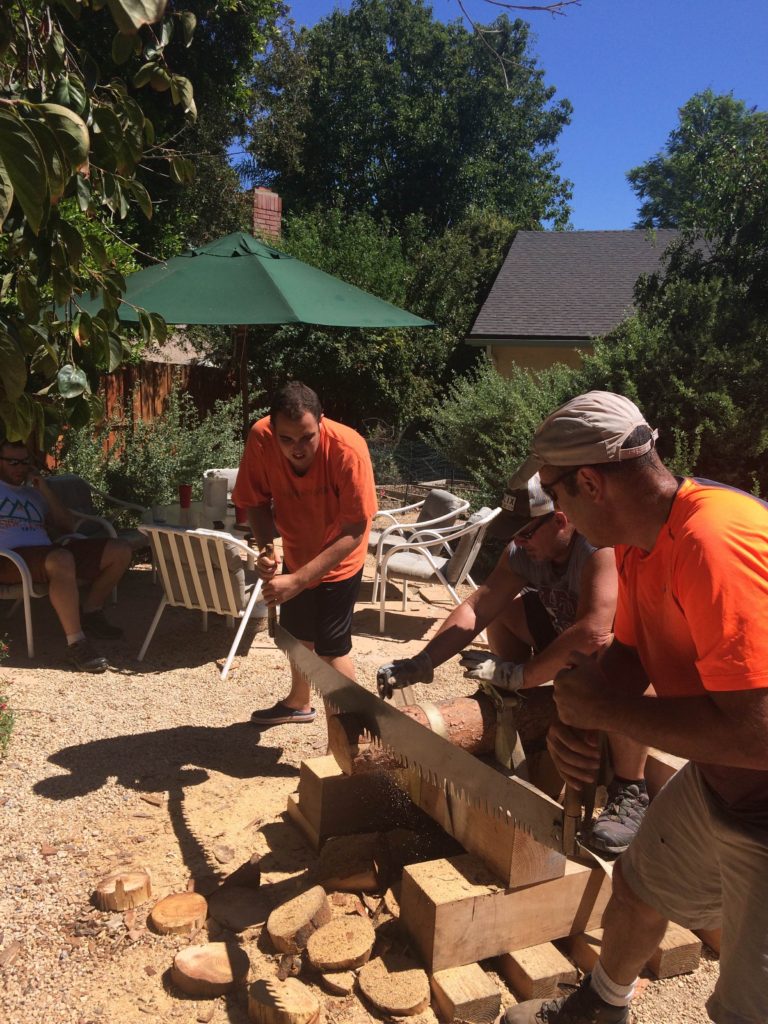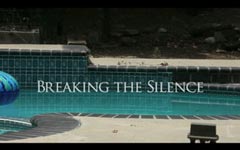I have received a lot of questions about exercise and autism since my last post. From my own experience, when I was small one of my OTs looked at me and remarked that I had low muscle tone like most people with autism. She then did nothing to work on fitness. She loved the swings, however, like most of my OTs to vestibular and propriocept me.
In school my APE teacher followed a routine I believe must have been designed for a different motor disorder than mine. The movements were too hard for me to motor plan at the time which led to frustration.
Most people don’t imagine that people like me have the potential to be fit. I know it’s possible. It takes longer than a normal motor system to improve but it can still improve. It can be hard at first, so persistence through resistance is essential. You have to be aware of real challenges like motor planning, muscle and tendon tightness and other issues common with autism that can interfere with success. For example, bilateral movements, moving arms and legs simultaneously in an exercise, and transitioning movements can be really hard for some people and frustrating until more motor control is achieved. People make a lot of adaptations to compensate for the motor difficulties. For example, if jumping sideways is hard to plan, a person might consistently turn forwards. You can build up to the skill incrementally in many ways, such as stepping sideways at first, stretching the hips and working on jumping in general. If someone can jump forward with ease but takes many seconds to jump sideways or backwards, you are likely looking at motor planning challenges which can improve with practice.
The goal is to make moving fun as well as a key to emotional balance and fitness.
Good luck!




